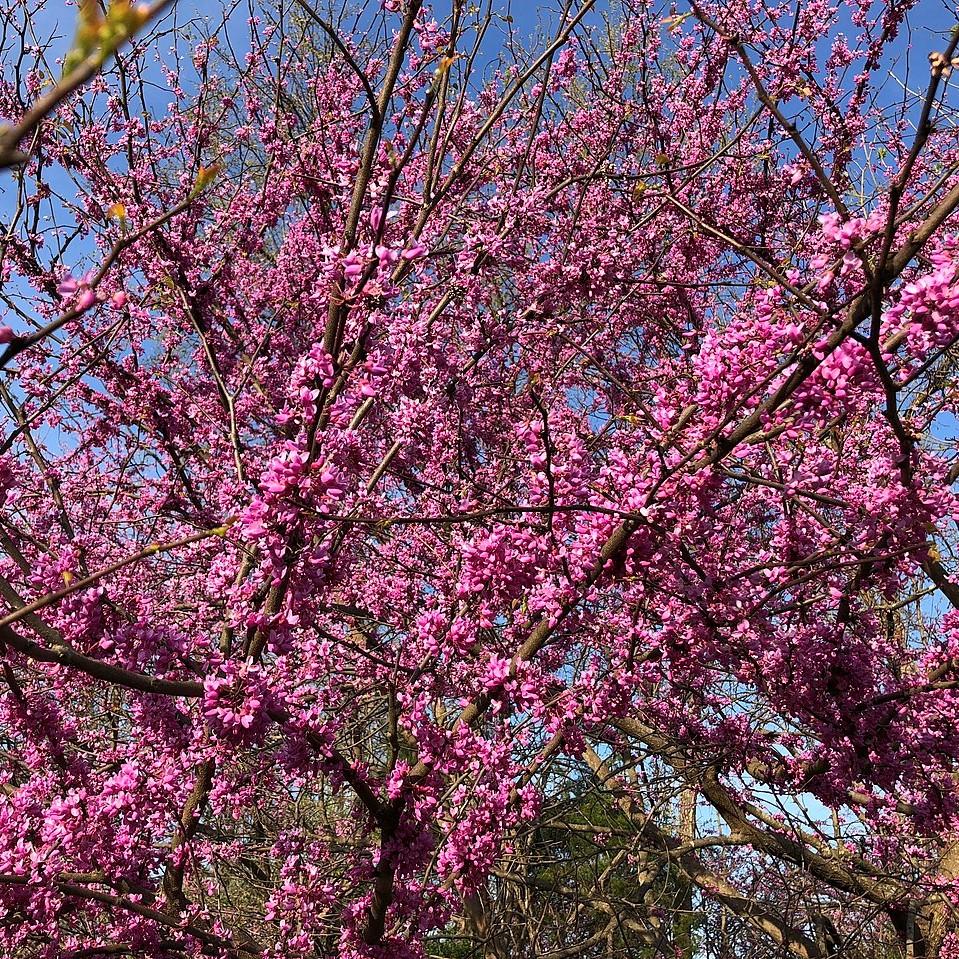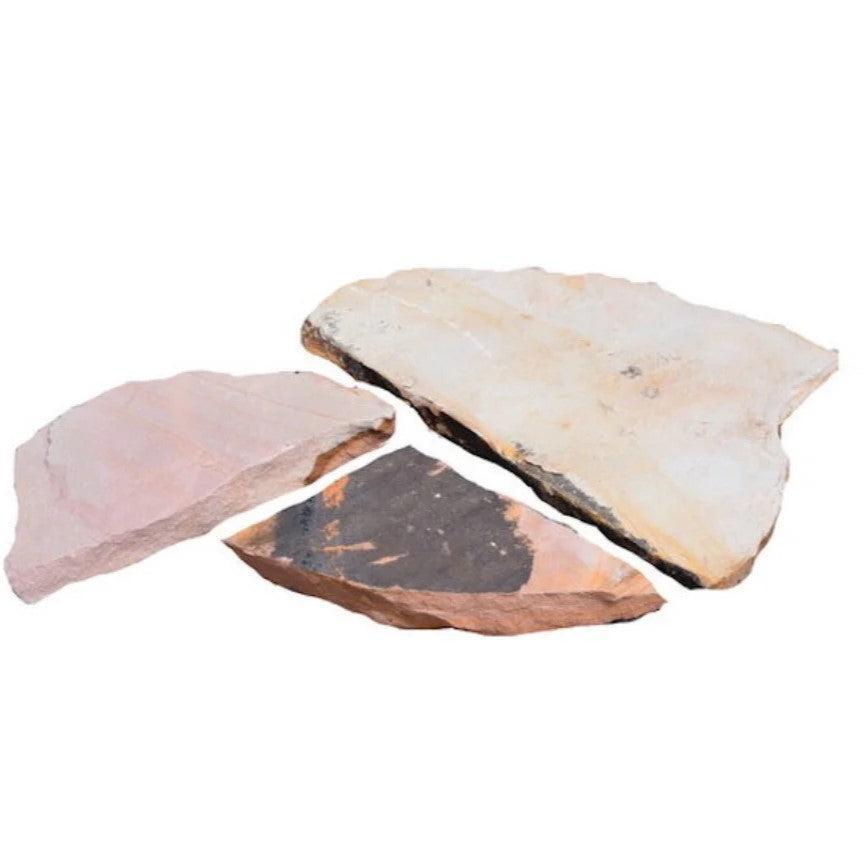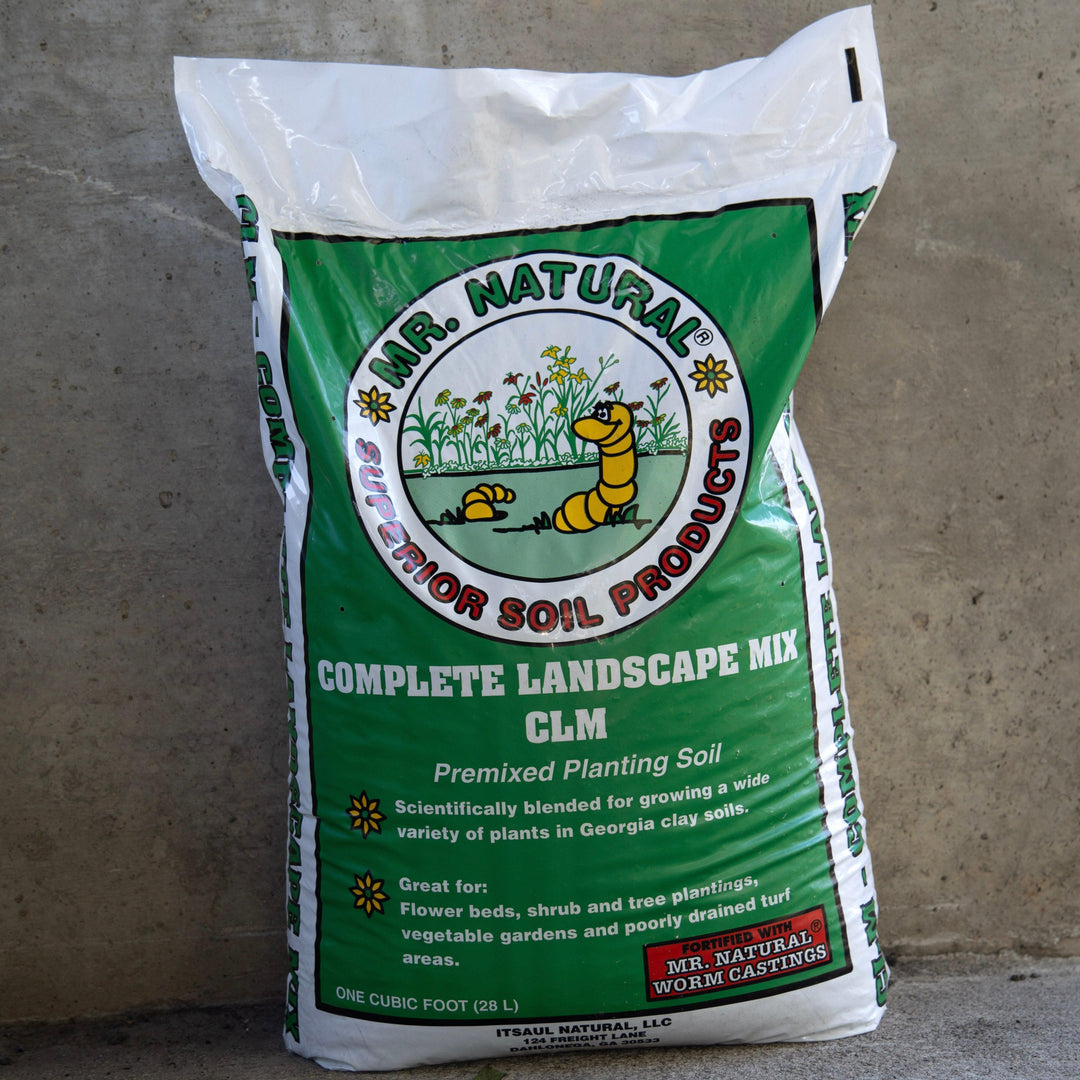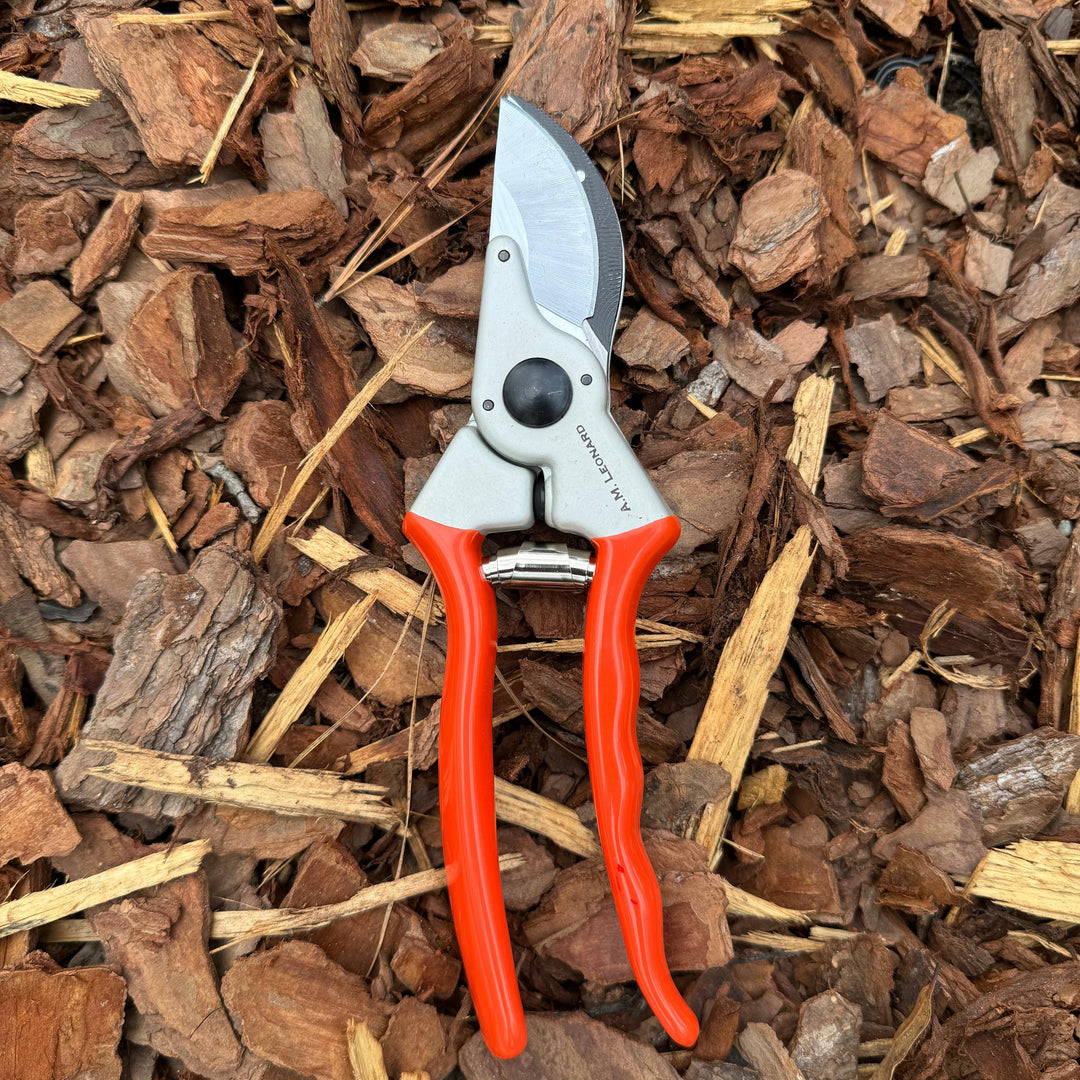Merlot Redbud is a small popular native deciduous tree with a tight semi-upright habit and a dense rounded crown of lustrous dark purple leaves. The heavy profusion of rosy-pink flowers blooms on bare branches in early spring before the foliage comes in attracting butterflies. Prefers partial sun and rich well-drained soils with consistent moisture. Merlot has excellent drought resistance and tolerates deer, heat, and Black Walnuts.
Its nectar is an early food source for several butterflies, bees, and hummingbirds. The seedpods are enjoyed by birds and wildlife.
|
Type: |
|
|
Origins: |
Native Hybrid |
|
Height: |
12’ - 15’ |
|
Spread: |
12’ - 15’ |
|
Spacing: |
15’ |
|
USDA Hardiness Zone: |
6 - 9 |
|
Culture: |
|
|
Bloom Color: |
Pink |
|
Season of Interest: |
MAINTENANCE NEEDS: Low maintenance. Canker can be a significant disease problem. Various diseases and pests and be prevented with regular watering and pruning of dead branches. Does not transplant well, plant when young and leave undisturbed.
LANDSCAPE USES: Specimen or mass plantings, Borders, Naturalized Areas, Woodland Garden, Wildlife Gardens, Screening, Shade Tree, and Street Tree.
COMPANION PLANTS: Witch Hazel, Hydrangea, Japanese Forest Grass
IMAGE: Famartin, 2020-04-19 09 33 47 Eastern Redbud flowers along Terrace Boulevard in the Parkway Village section of Ewing Township, Mercer County, New Jersey, CC BY-SA 4.0, (2) Famartin, 2021-04-13 18 14 27 Flowers on an Eastern Redbud within Horsepen Run Stream Valley Park in Oak Hill, Fairfax County, Virginia, CC BY-SA 4.0
*As plants have ranges in appearance they may not appear as the images shown.

























































